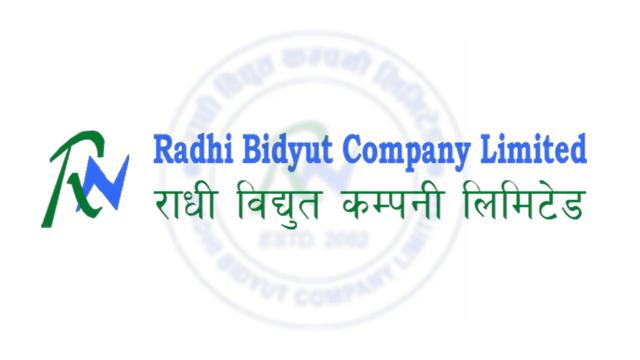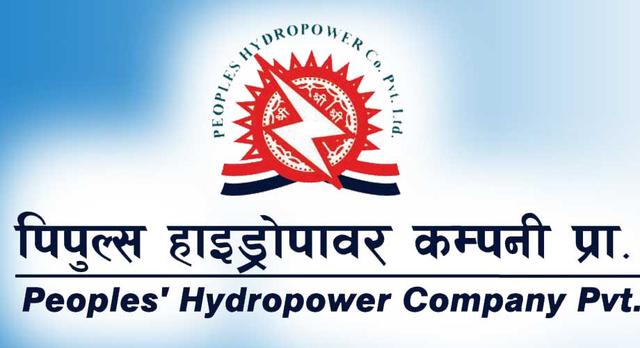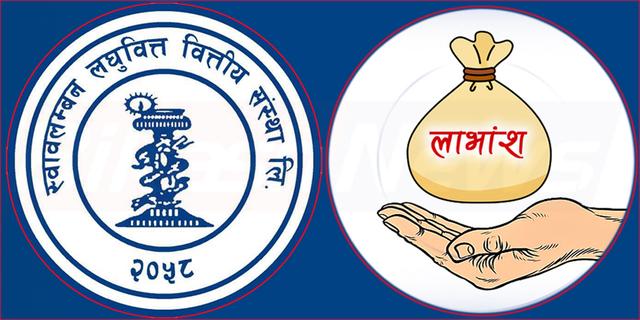Collateral-Free Loans Reach NPR 2.31 Billion by Baisakh 2082; NPR 1.14 Billion Still Outstanding
Author
NEPSE TRADING

According to data published by Nepal Rastra Bank, by the end of Baisakh 2082, banks and financial institutions across the country have disbursed over NPR 2.31 billion under the Collateral-Free Subsidized Loan Scheme. This scheme targets economically marginalized groups, small entrepreneurs, women, Dalits, and people from rural areas. A total of 2,390 borrowers have accessed this facility so far.
The key feature of this scheme is that it requires no collateral, making it a significant opportunity for individuals who traditionally lack access to formal credit. For communities historically excluded from banking systems, this represents a major step toward financial inclusion.
However, a serious concern is that nearly 49.4% of the disbursed loans — amounting to NPR 1.14 billion — remain unpaid. This suggests rising risk exposure for banks and financial institutions. Since these loans are unsecured, there is a higher chance of default or misuse, especially if borrowers lack discipline or face economic challenges.
Breaking down the data: Class A banks disbursed the highest amount, totaling NPR 1.78 billion, followed by Class B banks with NPR 519 million, and Class C financial institutions with NPR 6.4 million. The outstanding loan ratio is highest among Class A banks, indicating that although the volume is high, repayment remains a serious challenge.
To ensure the sustainability of this important program, immediate improvements are necessary. First, the government should establish a Credit Guarantee Fund to protect financial institutions. Second, all borrowers should receive mandatory financial literacy training. Third, a robust monitoring system should be created, potentially in collaboration with cooperatives or local governments.
In conclusion, the collateral-free subsidized loan program is a socially impactful financial inclusion initiative. But to ensure long-term success, it must be strengthened with effective borrower support, loan recovery strategies, and policy safeguards. If well-managed, this scheme can become a cornerstone of Nepal’s inclusive economic development.



